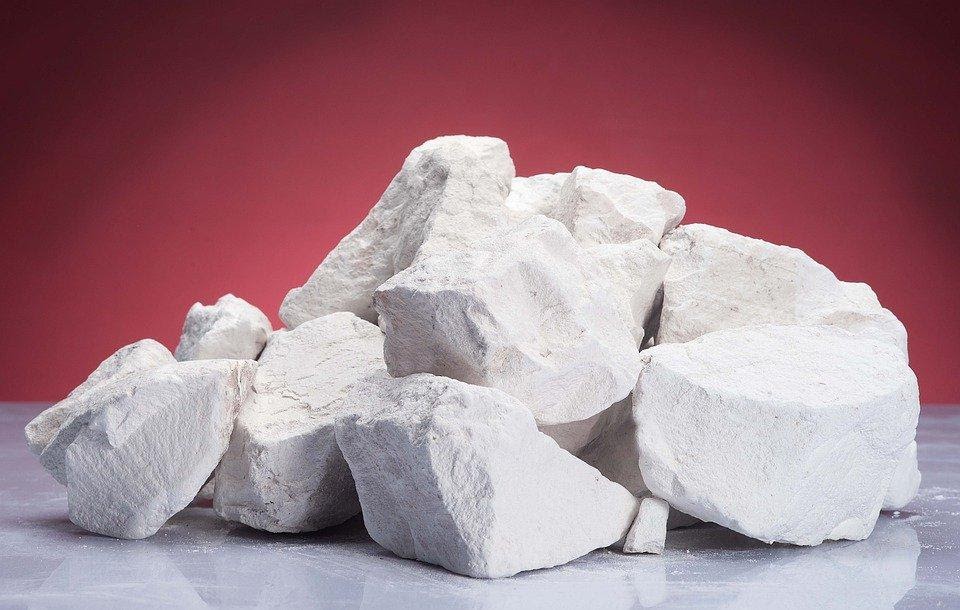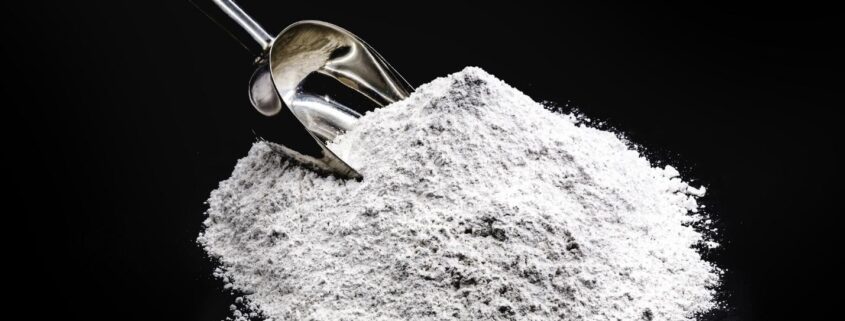What To Know About the SDS of Hydrated Lime
Slaked lime or calcium hydroxide has a chemical formula of Ca(OH)2 is an inorganic compound. This comes in the form of a white powder or colorless crystal that’s used to produce quicklime. This is a calcium oxide that’s generally mixed with water or slake. It has many names such as slack, builders, hydrated, pickling, or caustic lime.
It has many uses, including the preparation of food. Limewater is the usual name for its more saturated form. Know that the original form of calcium hydroxide is not very soluble with water. It can only be dissolved in pure water with a resulting alkaline solution of 12.5 pH. These solutions can cause chemical burns, so it’s best if you could check first the safety data sheet or SDS hydrated lime before you handle it. The solubility generally decreases at higher pH values because of the anion of hydroxide.
A Quick Overview
This solubility factor is essential when it comes to the use of cement pastes. Other uses include paints, cement, petrochemicals, hard rubber products, mortars, and leather tanning. A more recent development has allowed manufacturers to use quicklime for environmental purposes. They use hydrated lime that acts as a milder alkali used to remove acidic gases from plants and mills. This is also extremely helpful in incinerators, cement mills, coal plants, and glassmaking factories.
However, the largest use is in the industry of steel manufacturing, where this product is used to remove various impurities. This is also used to make other metals and for the removal of contaminants in steel.
In construction, this is used to have more stabilized roads during their construction, as well as help build foundations. This is termed as soil “sweetening” by people who are in the construction industry. Know more about soil preparation on this site here.
Safety
Since quicklime has a vigorous reaction with water, this can cause severe respiratory system irritation when you accidentally inhale it. It’s also dangerous if it comes in contact with the eyes or moist skin. Accidental inhalation can cause labored breathing, sneezing, and coughing, evolving into severe medical conditions.
Other possible symptoms of the irritation may include vomiting, nausea, abdominal pain, burns, and nasal septum. Although many people consider this not a fire hazard the reaction with water can be more than enough to ignite any combustible material near it.
Preventions of Accidents
The safety guide from many companies generally contains specific instructions on how to handle lime. Some may include obtaining permission and following special instructions before using lime. You should not handle this material unless you understand and read all the necessary safety precautions. It’s also best to have the gear that will help prevent you from inhaling any dust, spray, vapor, mist, gas, and fumes mixed with hydrated lime.
You should wash everything thoroughly after you handle it and use this in a well-ventilated area. Using it in an indoor setting is not recommended, and you should wear protection for your face, eyes, hands, and whole body when you handle it.
First Aid Measures
If you know someone or you have been accidentally exposed to hydrated lime, you need to know various first aid measures that can help save you or another co-worker’s life. Hold the eyelids steadily and flush everything with clean and running water if the problem is in the eye.
Continue doing this unless otherwise advised by a poison or safety officer in your workplace. Call a doctor and flush the eyes with a specialized solution such as Diphoterine to prevent long-term injury. More guidelines for occupational safety can be found here: https://www.cdc.gov/niosh/docs/81-123/pdfs/0093-rev.pdf?id=10.26616/NIOSHPUB81123.
Challenges and Characteristics to Know About

The hydrated lime will require careful handling so that it won’t escape into one’s surroundings and prevent contamination from airborne particles. Caution is often exercised to shield this material from moisture because it will trigger a chemical reaction that will generate heat.
Caution is often exercised to shield the material from contaminants because of its exothermic properties. On the same sentiment, priorities regarding safety are given to the operators and handlers because it has a higher hazard level than others.
It will cause corrosive effects to the eyes and skin, and overexposure can lead to severe burns. In some instances, it can result in unconsciousness, choking, lung damage, or even death. Because of these hazards, an airtight connection is usually followed from the processing to the storage of lime.
Handles who are experienced in this field observed that no two samples are the same. Some may contain abrasive materials, while others come in the form of soft and sluggish powder. They can stick to the side of the container, build up inside conveyor lines, and get stuck in the belts. This is why the operators should always follow the safety data sheet and handling them successfully may require an experienced man that can decide on a suitable solution.




Leave a Reply
Want to join the discussion?Feel free to contribute!